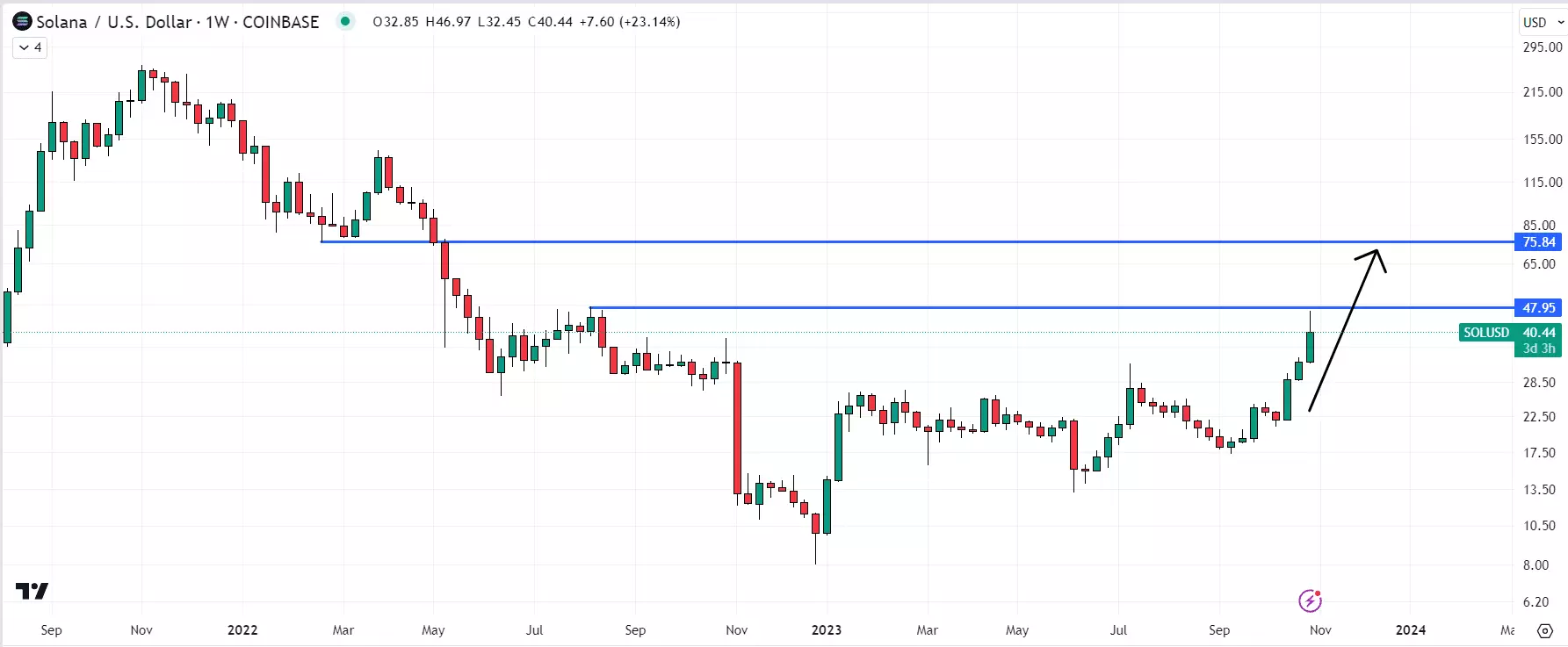Render Network, a 3D content rendering platform, has recently made a significant move from the Ethereum blockchain to Solana. This relocation is driven by the desire to leverage Solana’s high throughput and lower transaction costs. By upgrading their core infrastructure to Solana, Render Network aims to enhance the rendering services it offers to 3D content creators. The migration process allows RNDR token holders to transfer their tokens from Ethereum to Solana using the Upgrade Assistant provided by the Render Foundation.
The decision to move to Solana comes with several advantages for Render Network and its users. One of the key benefits is Solana’s incredible transaction speeds and low costs, which enable real-time streaming and dynamic NFTs. This shift to Solana unlocks new capabilities that align with Render Network’s vision of building a scalable and decentralized metaverse infrastructure. To encourage users to migrate their tokens promptly, the Render Network Foundation has allocated 1.14 million RNDR tokens, equivalent to over $2.6 million, for distribution based on a points system. This incentivizes users to upgrade as soon as possible and ensures a smooth transition for the entire network.
The decision made by the Render Network to choose Solana as its new blockchain infrastructure is significant not only for Render Network itself but also for Solana as a blockchain. Solana has often been overshadowed by Ethereum, despite its explosive growth in late 2021, reaching a market cap high of over $75 billion. Solana’s trade value locked is substantially lower than Ethereum’s, standing at around $1.7 billion compared to Ethereum’s TVL of more than $60 billion. However, Render Network’s embrace of Solana implies a return of belief in Solana’s future, which is a positive signal for the blockchain and its native SOL token.
While the adoption of Solana by Render Network indicates growing confidence in the blockchain, it still faces challenges in surpassing Ethereum’s market dominance. Ethereum’s scaling issues, such as high fees and slow transactions, have prompted the emergence of rival protocols like Solana. These protocols offer faster and cheaper transactions, posing a threat to Ethereum’s market share. However, Solana needs to address the issue of underlying security. Ethereum’s layer-2 scaling solutions, including Arbitrum, Polygon, and Optimism, provide both fast transactions and the trusted security of the established Ethereum network. Solana must find ways to compete with these protocols and present itself as a viable alternative to Ethereum’s dominance in the blockchain space.
Despite the challenges, Solana’s recent surge to 14-month highs above $40 demonstrates its potential for further growth. If Solana can overcome the key resistance level around $48, it may experience substantial gains. The decision of Render Network to transition to Solana indicates renewed confidence in its future, further positioning Solana as a strong contender in the blockchain industry. As Render Network builds its scalable and decentralized metaverse infrastructure on Solana, it will be interesting to see how this partnership develops and influences the broader adoption of Solana technology.
The relocation of Render Network to Solana marks a significant milestone that harnesses the advantages of Solana’s high throughput and lower transaction costs. This move not only benefits Render Network and its users but also signifies a resurgence of belief in Solana’s potential. While challenges remain in terms of competing with Ethereum’s market dominance, Solana’s recent performance demonstrates promising growth. As the partnership between Render Network and Solana continues to evolve, it is essential to monitor their progress in shaping the future of the blockchain industry.


Leave a Reply